
You didn’t come this far to stop
General Dobbie's Strategic
Defense Plan and the Chain of Command Failures
Episode 38 – General Dobbie's Strategic Defense Plan and the Chain of Command Failures
As the tensions between Japan and British forces escalated in the late 1930s, there was one significant figure who made a strategic and accurate assessment of Singapore's vulnerabilities—General Sir William Dobbie. His foresight in recognizing the Japanese threat and identifying the critical geographical points for defense laid the groundwork for a plan that could have potentially altered the outcome of the battle for Singapore. However, the events that unfolded, the bureaucratic inertia, and the lack of coordinated response led to a failure to implement Dobbie’s plan effectively. This episode delves into Dobbie’s fortification strategy, the critical role of Chief Engineer Ivan Simpson, and the chain of command's shortcomings, particularly in the form of General Arthur Percival.
WW2 HISTORYDESCENT INTO HELLIN THEIR FOOTSTEPS BLOG
Toursofwar.com
8/20/20245 min read
Strategic Foresight and Critical Planning
General Dobbie’s Vision and Assessment (1938)
Did You Know?
General Dobbie’s 1938 plan was one of the few detailed assessments made by British military leaders that correctly anticipated the Japanese strategy of advancing through Malaya.
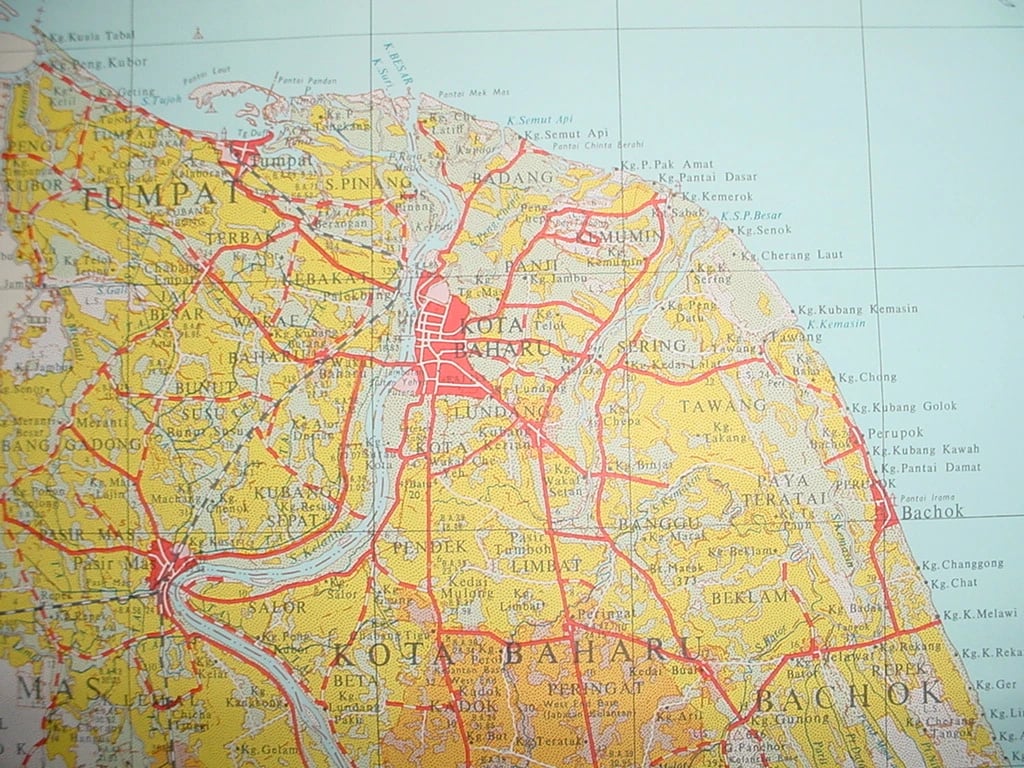

In 1938, General Dobbie conducted a meticulous evaluation of Japan's likely approach to capturing Singapore. Recognizing that the Malaya Peninsula would serve as the invasion route, Dobbie emphasized the need to focus on southern Jahor as the vital ground to halt any Japanese advancement. His appreciation of the situation was measured and practical.
Key Elements of Dobbie’s Defense Strategy:
Fortification Line in Southern Jahor: Dobbie advocated for a line of fortifications across southern Jahor. This would:
Protect Singapore’s critical water supply.
Place Japanese artillery out of range of Singapore.
Prevent the Japanese from outflanking the British defenses by sea landings behind the fortifications.
Testing and Exercises: Dobbie validated his assessment by running military exercises during the North-East monsoons (October to March), which was the expected time for a potential Japanese assault.
Protection of Northern Airfields: His plan allowed for the defense of northern air bases while positioning forces to repel a Japanese ground advance.
The Fortification Line and Strategic Importance
The Fortification Strategy and Resource Challenges
Dobbie's appreciation led him to conclude that the fortifications in Southern Jahor would serve as the key defensive stronghold. This position offered several strategic advantages:
Water Supply Protection: Singapore’s vital water supply would remain secure.
Artillery Range: The placement of Japanese artillery out of effective range of the island.
Airfield Defense: Although limited, the positioning would enable the defense of key airfields, essential for future reinforcements.
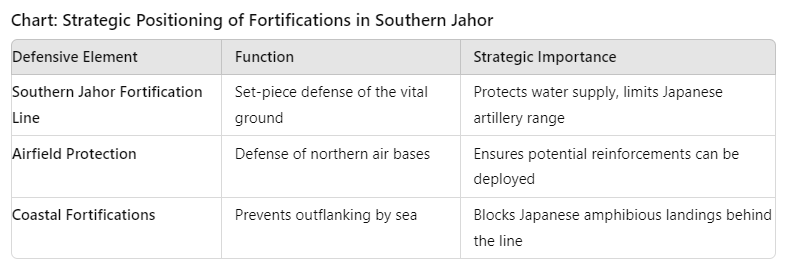

Despite Dobbie’s insightful planning, his efforts faced significant obstacles, particularly a lack of trained manpower and insufficient resources to fully implement the defenses. The fortifications would be built in phases, with the expectation that they could be enhanced as more troops and aircraft became available.
Did You Know?
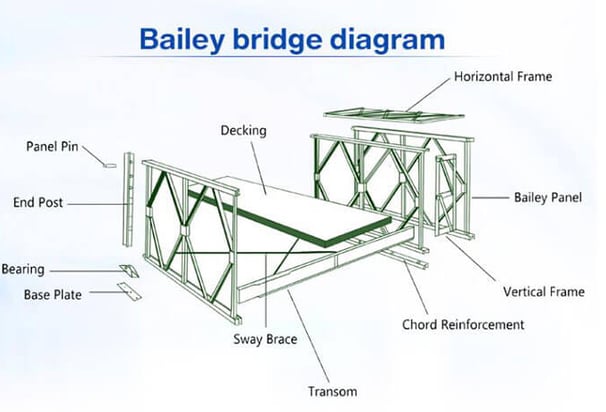

Brigadier Ivan Simpson was instrumental in modernizing British Army defenses, including the development of the Bailey Bridge, one of the most iconic engineering achievements of World War II.
General Percival's Execution of Dobbie’s Plan
The Role of General Arthur Percival
Arthur Percival, Dobbie’s General Staff Officer (GSO 1) at the time, was closely involved in the development of this defensive appreciation. However, as the events unfolded, Percival failed to implement the plan with the same sense of urgency and determination that Dobbie had envisioned.
To Percival’s credit, the Japanese followed a strategy that closely aligned with his appreciation of their options. Despite this, the lack of proper execution of the fortifications and inadequate garrison forces left the British positions vulnerable.
Challenges Faced by General Percival:
Bureaucratic Hurdles: The civil administration and War Office created significant barriers to the full-scale construction of fortifications.
Financial Constraints: Percival struggled to get approval for funding necessary for extensive defense measures.
Labour Shortage: One of the most pressing issues was the limited labor supply, which hampered the timely construction of fortifications.
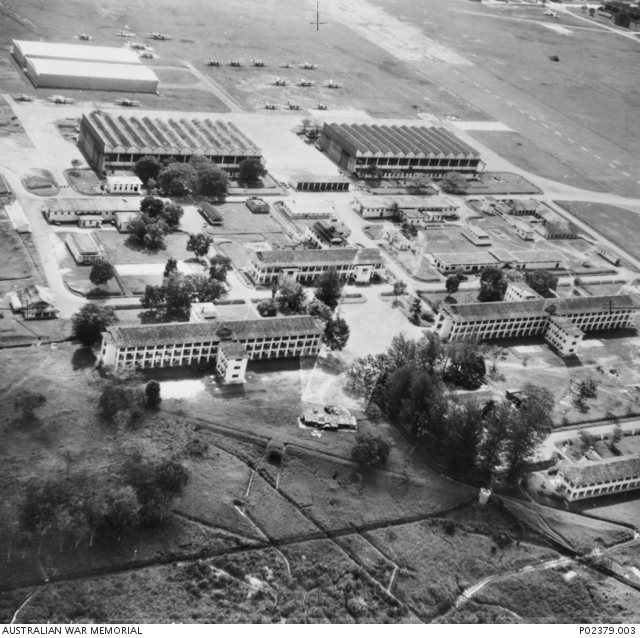

The Engineering Challenges and Simpson’s Proposals
The Critical Role of Chief Engineer Ivan Simpson
In any military fortification, the role of the chief engineer is crucial. Ivan Simpson, who was newly posted as the chief engineer, had both the expertise and the motivation to carry out Dobbie’s defense plan. He quickly realized the importance of fortifying Southern Jahor and enhancing the airfield defenses.
Simpson’s Proposals:
Line of Fortifications: Simpson proposed building a comprehensive line of fortifications in Southern Jahor, as Dobbie had envisioned.
Airfield Defense Enhancement: He suggested enhancing the defense of the northern airfields, which were critical for reinforcements.
Garrison Troop Deployment: His plan included strategic deployment of garrison troops at key locations to provide a layered defense.
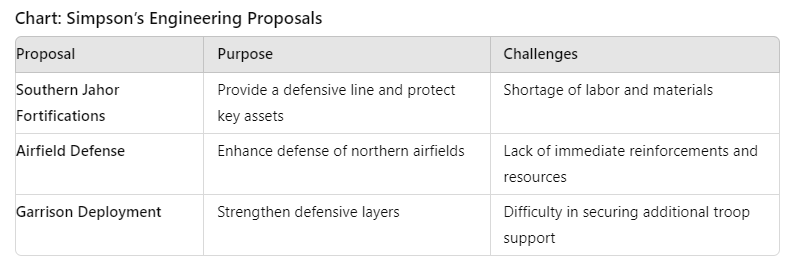

Despite Simpson’s efforts, his proposals were met with resistance. General Percival, facing pressure from both the War Office and the civil administration, refused to implement Simpson’s ideas. Kirby, a historian, points out that this refusal was partly due to the belief that war with Japan was unlikely, and the resistance to any construction on private property further stalled the plan.
Bureaucratic Roadblocks and Missed Opportunities
The Failure to Act and Consequences
The most significant obstacle in implementing Dobbie’s plan was the bureaucratic inertia and financial constraints that Percival faced. The civil administration objected to fortifications, arguing that such construction would imply that northern Malaya would not be defended—a controversial stance during the war deliberations of the 1940s.
Additionally, the War Office had already supplied much of the material needed for the fortifications, but the lack of labor and machinery further delayed progress. Despite the availability of over 80,000 troops, they were not employed effectively in the construction of fortifications.


The inability to rapidly employ Simpson’s proposals, combined with Percival’s failure to take bold, coordinated action, ultimately weakened Singapore’s defenses. This chain of events resulted in disastrous consequences when the Japanese invasion finally came.
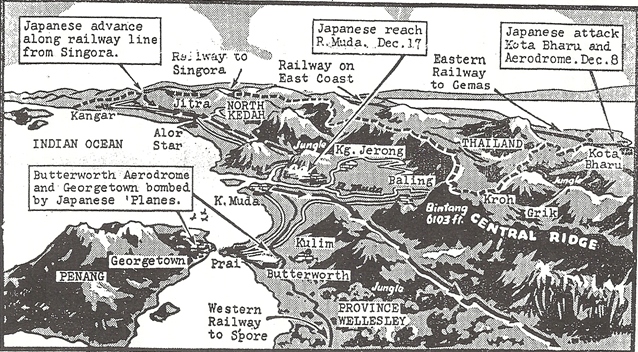

Conclusion
Lessons from Dobbie’s Defense Plan
Dobbie’s 1938 appreciation of the Japanese threat was an accurate and strategic assessment that, if fully implemented, could have significantly altered the defense of Singapore. However, the lack of urgency from General Percival, bureaucratic roadblocks, and resource constraints prevented the plan from being executed effectively. The failure to act on the foresight provided by both Dobbie and Simpson serves as a cautionary tale in military planning, where timely execution is just as important as strategic vision.
How You Can Help
Donations and Sponsorships: We are seeking corporate sponsorships and donations to fund ongoing restoration projects and educational programs. Your support can make a significant difference in maintaining the quality and impact of the museum.
Volunteer Opportunities: If you have expertise or time to offer, consider volunteering with us. There are many ways to get involved, from artifact restoration to educational outreach.
Spreading the Word: Share this blog and our mission with your network. The more people who know about the JEATH War Museum and its significance, the greater the impact we can achieve together.
The St Andrews Research Team is dedicated to preserving the legacy of the Thai-Burma Railway and the memories of those who suffered. We need your support to continue our work. There are several ways you can help:
Join the Cause!
If you or someone you know is interested in supporting this cause, please get in touch.
This is a chance to be part of something truly meaningful and impactful.
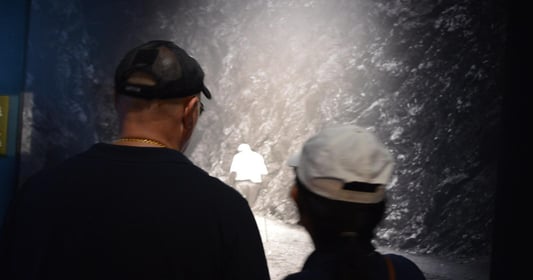

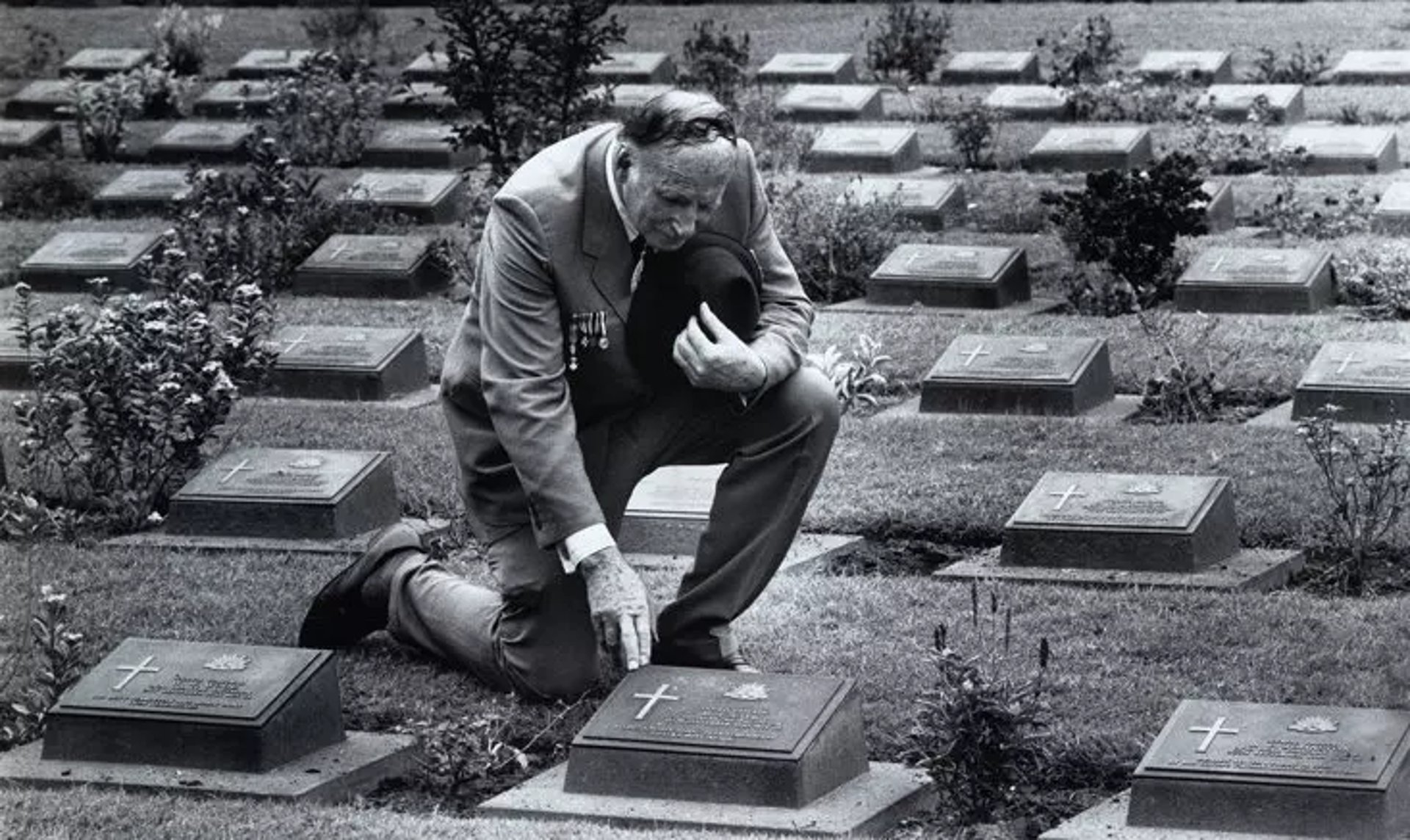
Together, We Can Make a Difference!
This is a veteran-run project, and we need your help to make it happen. Stand with us in honoring the legacy of the POWs and ensuring their stories are never forgotten.
